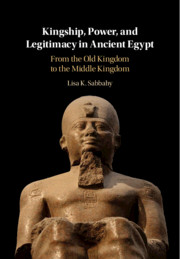Objectives: The objective of this study was to estimate the cost-effectiveness of infliximab use in patients with rheumatoid arthritis (RA) in Swedish clinical practice, based on patient-level data from the Stockholm TNF-alpha follow-up registry (STURE).
Methods: Real-world patient-level data on infliximab use from the STURE registry were implemented in a Markov cohort model, in which health states of functional status were classified according to the Health Assessment Questionnaire Disability Index (HAQ—five categories) and twenty-eight joint count Disease Activity Score (DAS28). The transition probabilities between HAQ and DAS28 states during treatment, as well as discontinuation rates were modeled based on data from the registry for patients using infliximab as their first-line biological treatment. The transition probabilities in the comparator arm, that is, disease progression without biologic treatment, as well as mortality rates, costs, and utilities were based on published literature. The analysis had a societal cost perspective.
Results: Infliximab was associated with an incremental gain in quality-adjusted life-years of 1.02 and an incremental cost of €23,264 per patient compared with progression without biologic treatment, producing an incremental cost-effectiveness ratio (ICER) of €22,830 (SEK211,136 or US$31,230). Sensitivity analyses of input parameters and model assumptions produced ICERs in the range from €18,000 to €47,000.
Conclusions: Results from base-case and sensitivity analyses fell well below established benchmarks for cost-effectiveness in Sweden. The results, therefore, indicated that infliximab treatment for RA has provided good societal value for money in Swedish clinical practice, compared with a scenario of no biological treatment.


